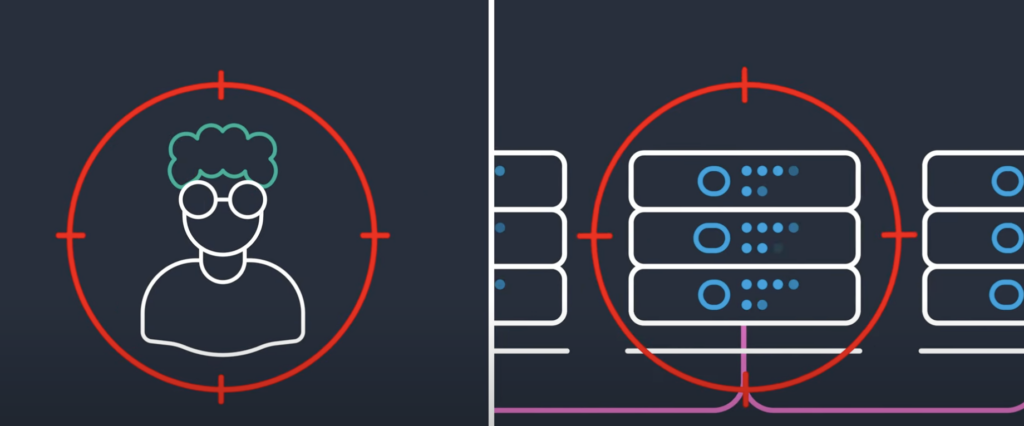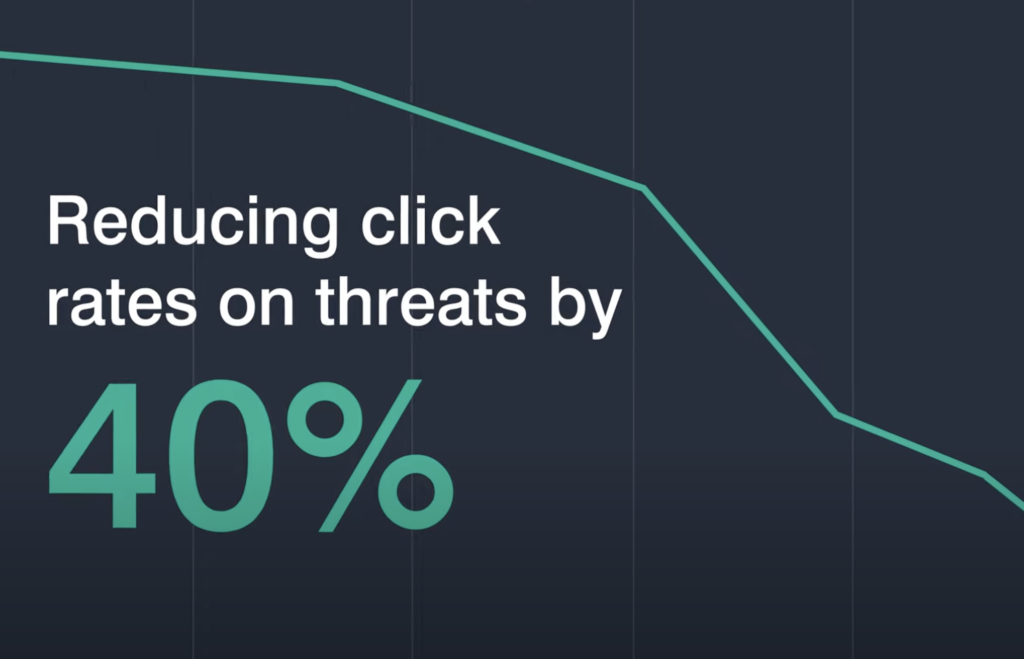We all know that stories are powerful.
There’s plenty of evidence showing the impact of (good) storytelling. For example, check out Psychology Today’s “The Psychological Power of Storytelling”.
Yet, for many B2B tech companies, crafting a good story for a complicated product is challenging. Far too often, a good story gets lost in a barrage of product features, feeds, speeds, and the occasional hyperbole.
However, writing a good product story is worth the time and effort.
The right story differentiates.
The right story rises above the noise to capture your audience’s attention.
The right story is the difference between breaking through or failing to move the needle.
If you’re ready to break through to your target audience, here are four steps to help you craft an impactful product story.
Four steps to craft your product story
Step 1: Explain the change
Start by acknowledging an undeniable change in the world of your target audience.
Your prospects and existing customers have to deal with a lot every day. You shouldn’t expect them to pay attention to your product story just because you asked them.
Instead, leverage externalities or macro themes that quickly quantify why they should care.
Step 2: Name their pain
Show why this change matters and matters now.
Then, identify the pain this change causes in a context (or worldview) that resonates with your prospects.
While this should be obvious, many product stories fail before they even get a chance because the storyteller forgets to frame the problem (or pain point) within the existing worldview of their target audience.
Also, you must drive urgency by helping your audience understand why this change matters now.
Step 3: Acknowledge alternatives
Highlight the options—or reasonable alternatives—your prospects might consider to deal with this change.
Remember that the status quo or doing nothing is a common path for most B2B organizations.
Change is hard!
Step 4: Communicate the gain
Considering these reasonable alternatives, contrast how your solution solves your audience’s pain and what they will gain.
It’s vital to frame these as beneficial outcomes and not a litany of features.
An example of the storytelling framework
As a tech product marketing firm for fast-growing B2B tech companies, we love seeing great examples of those employing storytelling. We also love sharing these examples.
Proofpoint, a leader in people-centric cybersecurity, recently released a product video for the company’s Proofpoint Security Awareness product. Let’s see how Proofpoint’s video is an excellent example of the 4-step storytelling framework in action.
Step 1: Explain the change
Proofpoint’s Security Awareness product video begins with “today’s cyber-attacks target people, not just technology.” As a viewer, you immediately understand the change: cybersecurity is not just about weak technology anymore but about the people in organizations.
The video continues with “user awareness is more critical than ever.”
Proofpoint acknowledges that solving this change is less about deploying a more robust firewall or implementing better phishing detection. Instead, it’s about improving user awareness and changing user behavior.

Step 2: Name their pain
The Proofpoint video continues: “About 80% of organizations have two hours or less throughout the year to educate end users.”
The most common fix for improving user awareness is difficult because organizations lack the time to educate end users.
The pain is evident.

Step 3: Acknowledge alternatives
Referring to the Proofpoint video: “While almost every organization has a security awareness program,” says Proofpoint, “most struggle to make it effective.”
The “security awareness program” is how companies currently address the need for user awareness.
Notice how Proofpoint doesn’t mention a competitive cybersecurity product. Instead, they focus on the status quo for most organizations: programs to educate their employees.

Step 4: Communicate the gain
Proofpoint then contrasts the alternative—security awareness programs—with how their solution solves their prospect’s pain. The video states that Proofpoint “takes a holistic approach to security awareness…to drive meaningful security outcomes.”
This results in a reduction in click rates on real-world threats by 40%. The video highlights how Proofpoint’s holistic solution addresses better user awareness.

Start Telling Stories
As the Proofpoint video demonstrates, even with something as complicated as cybersecurity, you can still tell a compelling and engaging story for your product following this four-step framework.
Stories will ultimately bridge the gap between your innovative product and the target audience you want to reach.
So what are you waiting for?
Take a crack at this four-step framework today.
Need help telling your product story? We are here to help you!
Fulcrum specializes in product narrative development for fast-growing B2B tech companies.
To get started, schedule a no-obligation 30-minute discovery call with us today.


